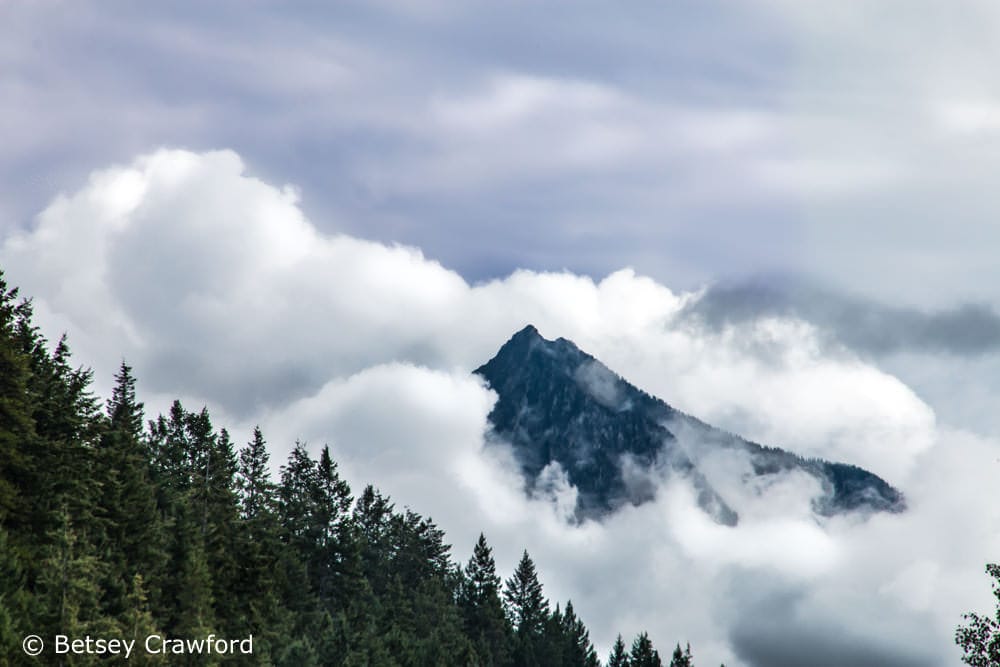
When you look at the mountain above, your reaction is likely to be colored by what is most important to you. Skiers may think of the thrill of the trip down, climbers of the trek up. Mining executives of the coal or metals to be found there. Road engineers of the challenge of finding a way through. Photographers of the play of light and dark, soft and hard, mist and mystery. Conservationists or ecologists ponder the preservation of majesty, ecosystems, and access for everyone. Someone steeped in indigenous thinking sees brothers, grandmothers, cousins in the interplay of beings.
The last two ways of seeing are coalescing into a new movement called the Rights of Nature. In 2008, because of dedicated activism, Ecuador became the first country in the world to enshrine such rights into its constitution. The provision states that “Nature, or Pachamama, where life is reproduced and exists, has the right to exist, persist, and maintain and regenerate its vital cycles, structure, functions and its evolutionary processes.”
Well-being, defined by both the Spanish buen vivir and the Quechua sumak kawsay, calls for the human community to “enjoy their rights, and exercise responsibilities within the framework of interculturality, respect for their diversity and harmonious cohabitation with nature.”

In our corporation-dominant, consumption-obsessed economy, the rights of nature are a laughable concept, even for some who care deeply about the earth. To consider the mountain as a being. To include the rocks that form it, the plants that flank it, the rivers that fall in cascades off its edges. That these are entities who deserve life, liberty, and the pursuit of happiness is inconceivable for many. Even with the Rights of Nature in their constitutional provisions, the indigenous peoples of Ecuador are still fighting an uphill battle. Mining industries, supported by the government, continue to push to move into their territories.
We have largely thought of rights as belonging to humans, either as individuals or groups, like states and corporations. We see the earth not as something we are part of, but as something we own, a vessel for human activities, a source of products and income. Mountains are destroyed for the sake of their coal. This is considered the cost of doing business. Not just for the coal company, but for all the people relying on coal to fuel their industries and salaries.
The world economy depends on exploiting the planet. A being that itself only produces so much clean water, fresh air, rich soil, and biological gain in any given cycle. Our persistent overconsumption of these blessings destroys the ecological systems that produce them. We are robbing the rest of the beings we share the planet with, as well as our future as a species.

Our current economic model prompts us to think of the earth in terms of its perceived value. A field growing ‘nothing’ but grasses and flowers is a ‘wasteland.’ Restrictions a town places on land ‘reduce the value of the property.’ Wetlands are one of the most important of our ecological biomes, but they are pointless from a development point of view. Developers would be mystified, if not incensed, were they expected to respect the rights of the wetlands to “live out their vital cycles”. Swamps should be filled in to allow for construction.
There are enormous questions and hurdles to contemplate. Does the mountain have the right to exist without being blasted with dynamite for coal or roads? Does the air have the right to be free of the mercury and sulfur in coal smoke? Or the carbon dioxide-laden exhaust from burning oil?
Does the ground under our feet have the right to a life without unnamed chemicals forced into it to frack gas? Do rivers have the right to be free-flowing, free of toxic chemicals? A home to fish and plants that in themselves carry the right to exist in peace and plenty? Do animals, including humans, have an inherent right to clean water and air?
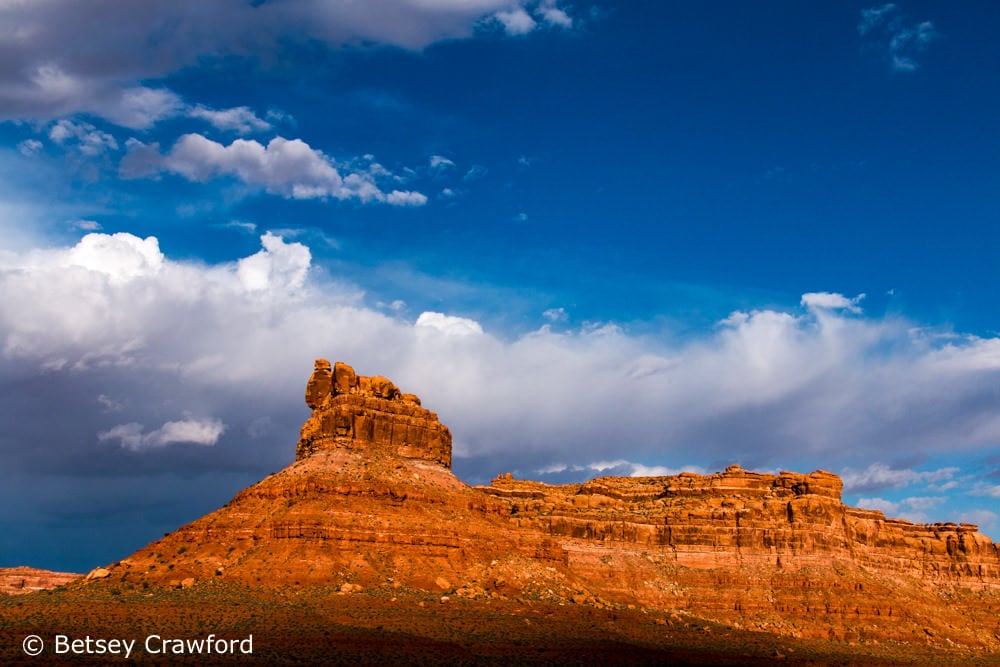
We live in a world where we struggle to grant people who don’t look or think like us the same rights we want. What hope is there that we will grant a field of wildflowers a right to live its vital cycles without becoming a parking lot? Yet the rights of nature are tied to the rights of human beings. A series of dams in Brazil are displacing tens of thousands of indigenous people in the Amazon basin.
The climate changes from our carbon dioxide-saturated atmosphere are forcing Pacific island communities to leave their flooding homelands. Development of lands sacred to indigenous peoples robs those communities of their place. Gone are their history and culture, the way they define themselves. Dumping toxic waste in poor communities because richer ones refuse it causes sickness to skyrocket in those areas. The list is endless.
There are environmental laws worldwide, and in some cases and places they are very strict in protecting endangered ecosystems, plants, and animals. But the next administration can dismiss these laws, something that happens from the local to federal levels. Cycles of strengthening and weakening the Environmental Protection Agency have been a feature of political life since its creation in 1972. The same applies to most protective authorities and laws.
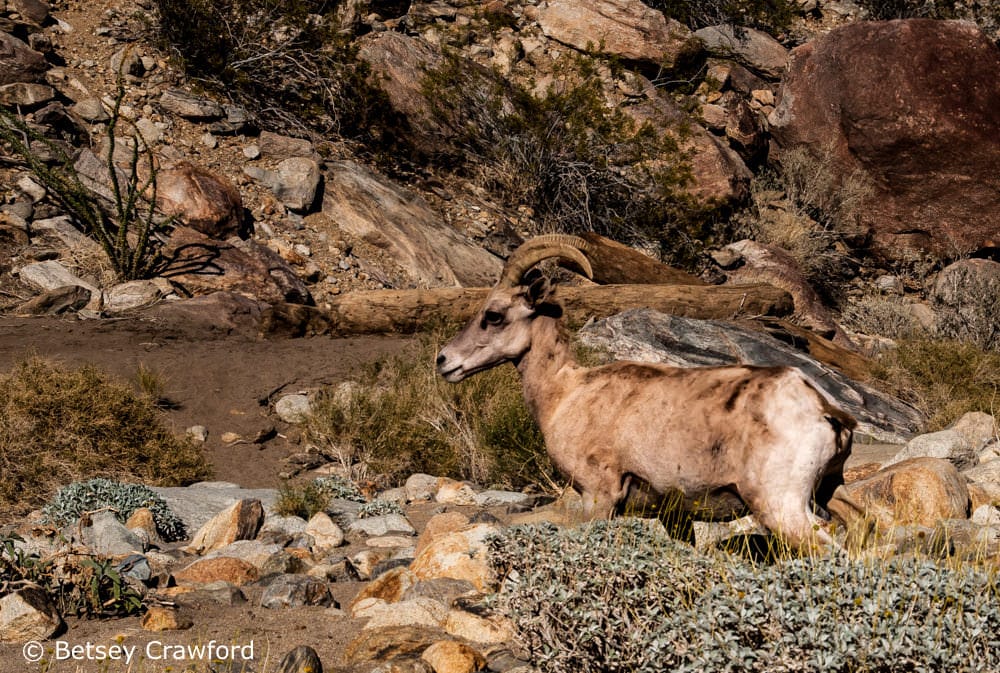
If, instead, we recognize that nature has rights of her own, defenses change dramatically. A river, a forest, a panther, an owl, the atmosphere would then have standing in court. A guardian or group could sue on behalf of the entity itself. Without inherent rights, the only people who have standing to sue on behalf of nature are those who are damaged by a policy. This often means that the case is stronger the more damage that has already been done.
This is an enormous challenge. It’s a different way of thinking for the many of us caught up in our current economic and human-centric mode of being. Changing perceptions about life on our planet and our place in it may well be the most formidable of the obstacles we face.
Can we move toward seeing ourselves as part of the vast and beautiful web of life? One member among millions of beings and entities, forming a whole that we depend completely on. Can we focus our extraordinary ingenuity on what Thomas Berry called The Great Work? Creating a world where the human presence fosters and enhances the earth that forms and sustains us.
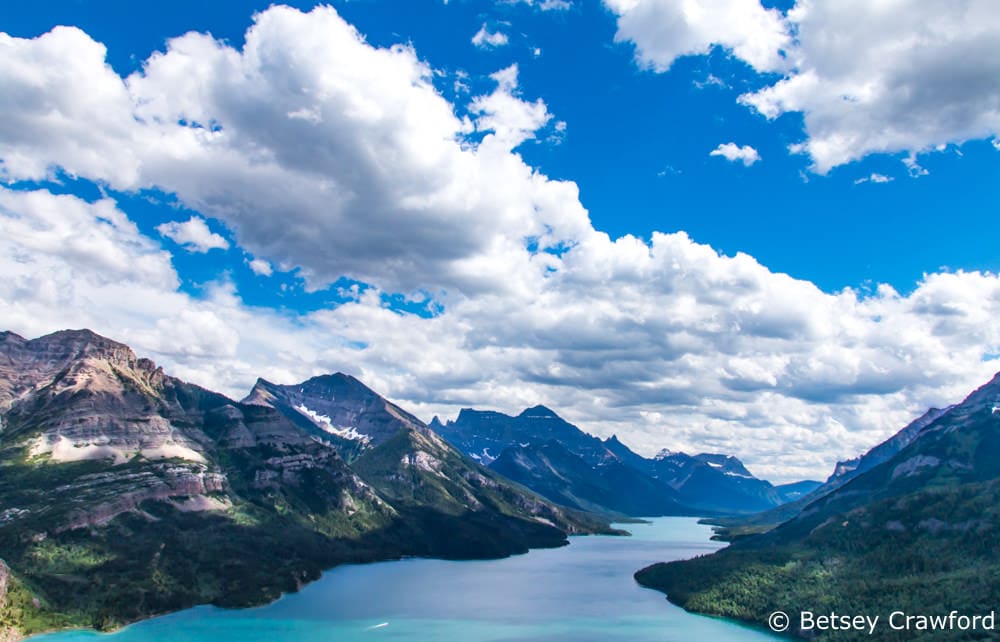
~ RELATED POSTS ~

Imagine a river taking her case to court. Arriving in her smooth, flowing robes, reflecting the blue of the sky, a shimmering train brushing the floor as she walks. Her tone holds great authority. It would be impossible to ignore what she says. And we all know exactly what she would say…

The American myth that the land “discovered” in 1492 was an untouched wilderness has it all wrong. It had been carefully tended for millennia. Not by wresting it from its productive ecosystems, but by fostering the bounty of the ecosystems themselves.
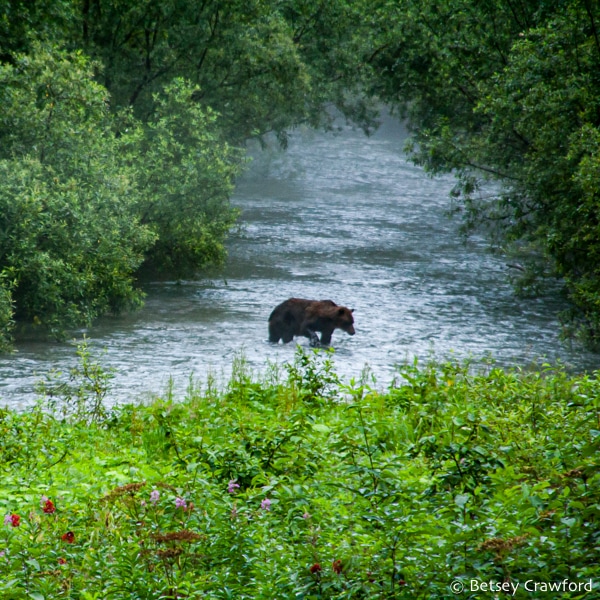
THE KLAMATH RIVER DAMS: REWEAVING A RIVER
I have a special interest in the Klamath River dams: my grandfather helped build them. With four gone after decades of activism, the river can reweave its confluence of lives and habitats. As we repair the damage we do by constraining nature, we gain life itself.
Wonderful. I am so encouraged by Ecuador’s example. Let’s hope there are many more nations that follow this call to action.
Thanks, Walter. I so agree. It will be a wild and fascinating debate!
First photo of wetland (Tongass) best argument for rights, ever.
I agree! It was such a beautiful place.
Wonderful, Betsy. And, timely following the Interior Dept. cutting out way more than half of the acres protected in two of the Southern Utah national monuments: Bear’s Ears and Grand Staircase Escalante. Above the photo of Valley of the Gods in Utah, your words on the rights of many parts of Nature, the naming of forests in particular, reminded me that there was a book, or article, some 40 years ago entitled “Do Trees Have Standing” which about the legal issue of giving legal “standing” to trees, forests, rivers, etc. Certainly groups like the NRDC have succeeded in getting progress toward meeting the need that you tell of. And, finally, I was educated by the next photo where the caption revealed to me, in my ignorance of S[panish vocabulary, the the “borrego” in Anza Borrego Desert State Park is a bighorn sheep. (I did know that the Anza was for the leader of the circa 1775 expedition of settlers from Santa Fe (and also old Mexico?).
Thank you, Van. ‘Do Trees Have Standing’ is a book, and I think I read a revised edition, so it’s very much alive. I love what launched it — he was trying to rouse his students from torpor at the end of a class and asked the question. It created an uproar, and, by quick writing and good timing, it got into William O. Douglas’ hands for an upcoming decision. His dissent was the first time such an idea was mentioned. What’s happening now is so frightening and enraging.
Yes, that’s a borrego. Despite its euphony, the Anza Borrego Desert is very oddly named.
So beautifully written. So thought-provoking. I love to pass your blog
posts forward to family and friends. Thank you for sharing your insights
Thanks, Sue. Yes, it’s endlessly thought provoking. I’m already thinking of the next essay about it.
Beautifully expressed. Thanks Betsey! Like Ann, I’m off to share, ponder, discuss… ?
Thank you, Marianne. Lots to ponder. There are no end of implications.
Wow! Tweeted it, Pinned it, and shared it on FB. I’ll put it on G+ and LinkedIn once I figure out what my passwords are, LOL. I don’t usually have to sign in to them, but to share this amazing blog I do. ???
Thanks, Annie! Busy morning! Love it!
What an incredibly beautiful perspective! It is so alive with truth! We are so interconnected and in this material world together.
Thanks so much, Marcia. We are indeed so interconnected, and so often lose sight of how deeply we belong.